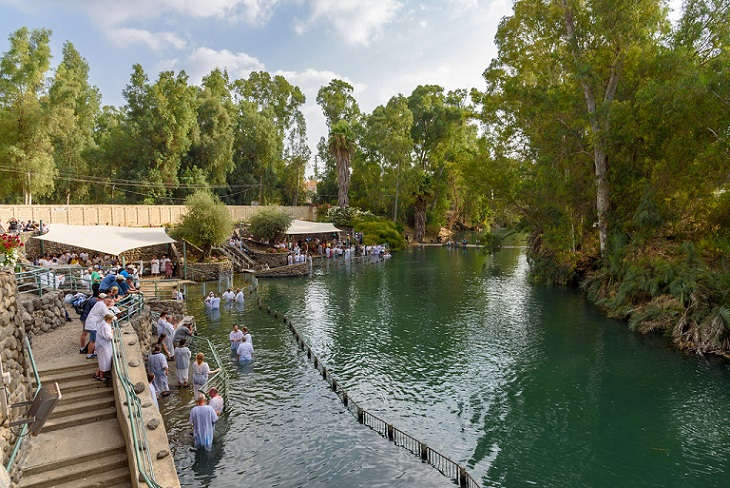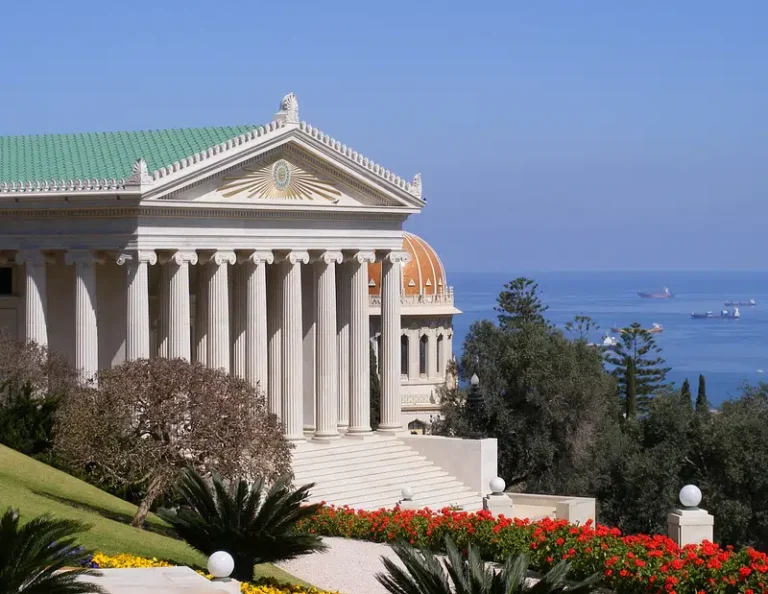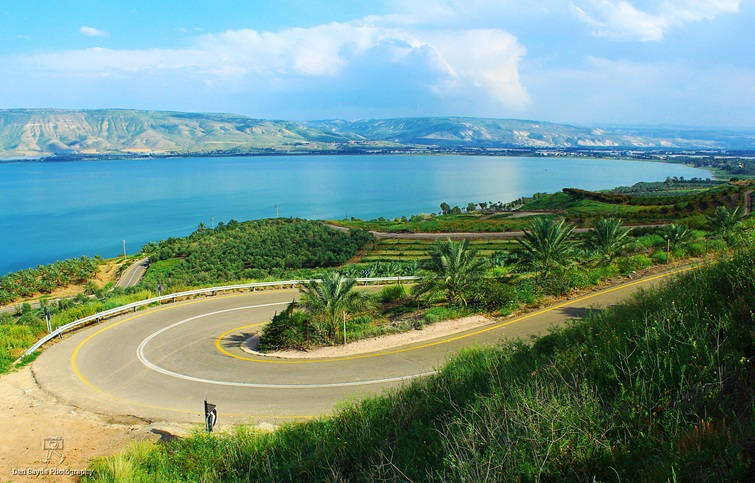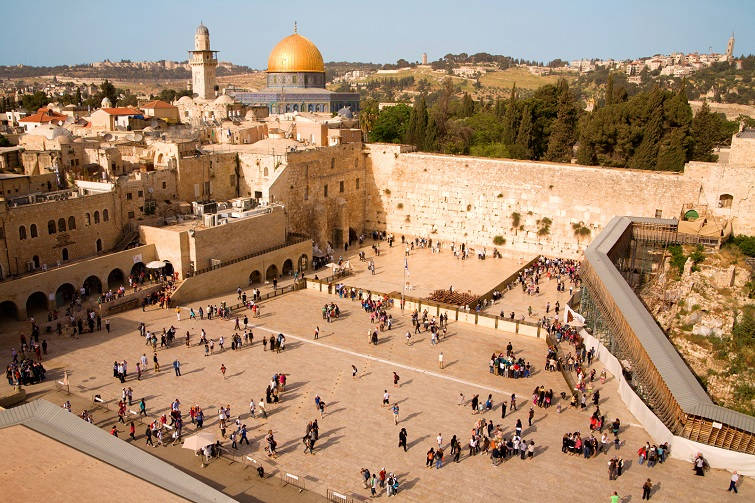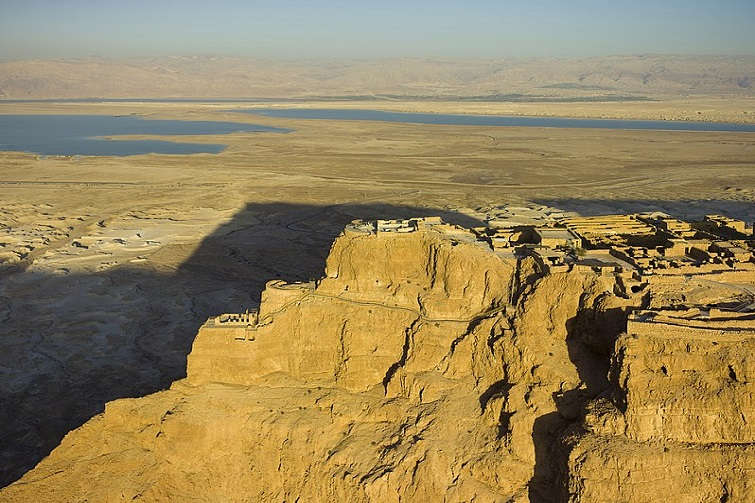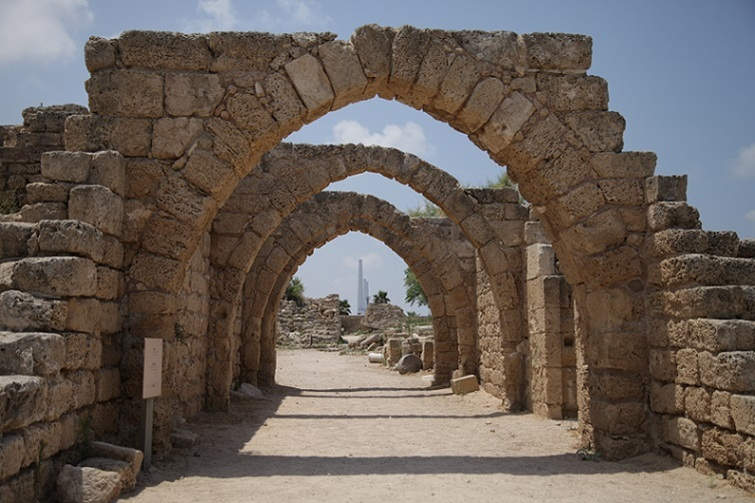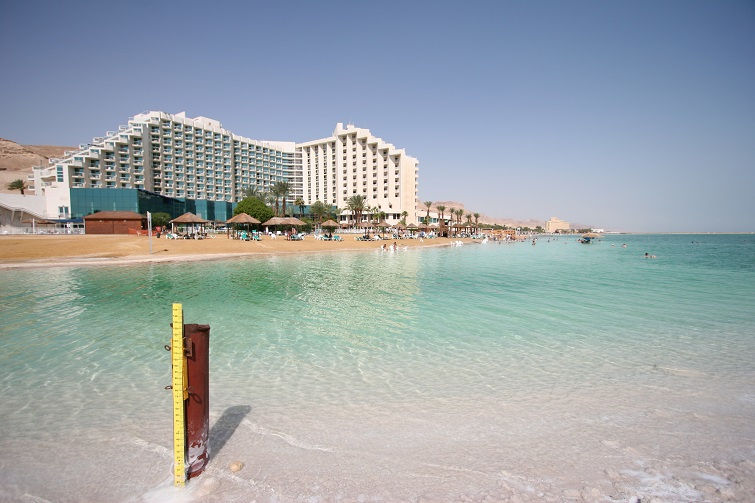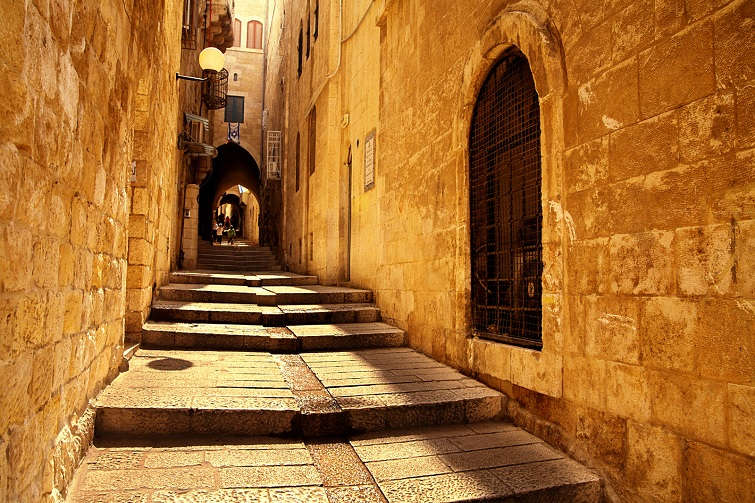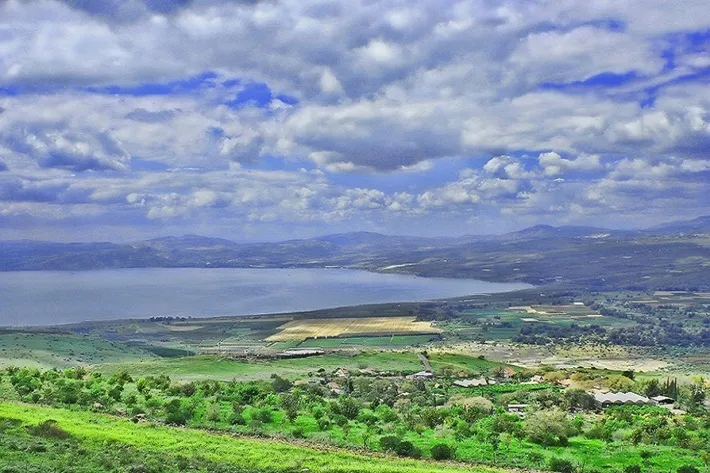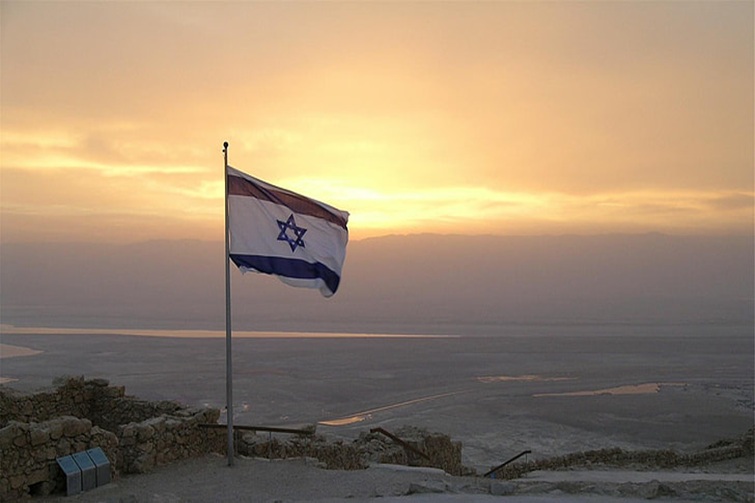Mount Zion
Visiting Christian Sites in Jerusalem
Revised and Updated – April 2025
Table of Contents
Mount Zion: Jerusalem’s Sacred Hill of Faith and History
- Mount Zion, nestled just outside Jerusalem’s Old City, is a spiritual and historical gem that captivates visitors with its sacred sites and serene ambiance. This compact hill, revered by Christians and Jews alike, hosts the Room of the Last Supper, King David’s Tomb, and the striking Dormition Abbey, each echoing centuries of faith.
- From its bullet-scarred Zion Gate to quiet courtyards with olive grove views, Mount Zion offers a profound yet accessible experience for pilgrims, history buffs, and cultural explorers. This guide provides everything you need to explore Mount Zion, from must-see attractions to practical tips for a memorable visit.
💡 Just so you know: Some links on this page are affiliate links, meaning I may earn a small commission if you make a purchase or booking, at no extra cost to you. This helps me keep this site running – thank you!
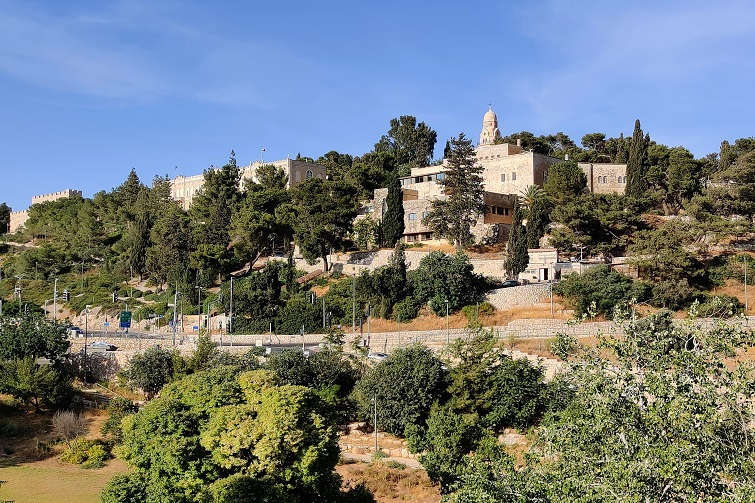
The Special Significance of Mount Zion
- Mount Zion is a cornerstone of Jerusalem’s spiritual landscape, blending Christian and Jewish heritage in a tranquil setting. The Cenacle, where Jesus shared his final meal, draws Christian pilgrims, while King David’s Tomb resonates with Jewish devotion. The hill’s proximity to the Old City adds vibrant markets and historic walls to your visit, and its compact layout makes it easy to explore in a few hours. Whether you seek reflection, history, or cultural immersion, Mount Zion delivers a timeless encounter with Jerusalem’s soul.
💡Not sure where to base yourself in Jerusalem? Check out my guide Where to Stay in Jerusalem? for a full overview of the city’s neighborhoods, along with tips on the best areas and types of accommodation.
What to Expect at Mount Zion
Mount Zion is a cornerstone of Jerusalem’s spiritual landscape, blending Christian and Jewish heritage in a tranquil setting just steps from the Old City’s vibrant markets and historic walls. Here’s what you’ll encounter:
- Room of the Last Supper (Cenacle): Reflect in the serene hall with Gothic arches, believed to be where Jesus shared the Last Supper with his disciples, a pivotal Christian site. Admire the stone columns and feel the quiet reverence of this sacred space, cherished for its historical and spiritual weight.
- King David’s Tomb: Honor the biblical king in a modest, prayer-filled room, a revered Jewish site bustling with worshippers, often divided for men and women. This tomb offers a deep connection to Jewish history and devotion, tied to David’s legacy as a poet and warrior.
- Dormition Abbey: Admire the basilica’s mosaic dome and serene crypt, commemorating the Virgin Mary’s assumption into heaven, with panoramic views from the terrace. Its striking architecture and peaceful vibe make it a captivating stop for visitors of all faiths.
- Zion Gate and Courtyard: Explore the 1948 war-scarred gate, a historic portal to the Old City, and the peaceful courtyard featuring Schindler’s Grave and olive grove vistas. This area blends modern history with scenic serenity, offering a tranquil retreat.
Planning Your Visit
Mount Zion is located just south of Jerusalem’s Old City, a short walk from the Western Wall or Jaffa Gate, making it an easy addition to a Jerusalem itinerary. Here’s how to make the most of your visit:
Getting There
- By Car: Drive from central Jerusalem (5-10 minutes) via Route 60 or Ma’ale HaShalom. Parking is available near Zion Gate. From Tel Aviv, it’s 55 km (34 miles, ~1-hour drive) via Route 1. From Haifa, it’s 130 km (81 miles, ~1.5-2-hour drive).
- By Bus: Take bus 1 or 3 from Jerusalem’s Central Bus Station to Zion Gate (15-20 minutes, 6-8 ILS). Check schedules in advance on Egged’s website, as service is limited, especially on weekends.
- By Tour: Some guided tours of Jerusalem include Mount Zion, offering both historical context and convenience. If you’re planning a day trip, it’s easy to add Mount Zion to your itinerary due to its location just outside the Old City walls.
- Private Taxi: For a more flexible and comfortable option, consider booking a private taxi for your visit to Mount Zion. This allows you to customize your itinerary, travel at your own pace, and enjoy door-to-door service. It’s especially convenient for travelers who want to make the most of their day in Jerusalem, offering the freedom to visit multiple sites without relying on limited bus schedules or unwieldy tour groups.
💡Need a reliable and comfortable airport transfer to Jerusalem? Contact me with your travel details and get a quote today!
Opening Hours and Admission
- Room of the Last Supper (Cenacle): 8:00 AM–6:00 PM; free entry.
- King David’s Tomb: 8:00 AM–6:00 PM (closes early on Fridays); free entry.
- Dormition Abbey: 8:00 AM–5:00 PM (closed 12:00–2:00 PM); free entry.
- Zion Gate and Courtyard: Open 24/7; free entry.
What to Bring
- Comfortable shoes for cobblestone paths
- Modest clothing (cover shoulders and knees)
- Sunscreen, hat, and sunglasses
- Water and snacks
- Camera for courtyard views
- Small bills for nearby markets
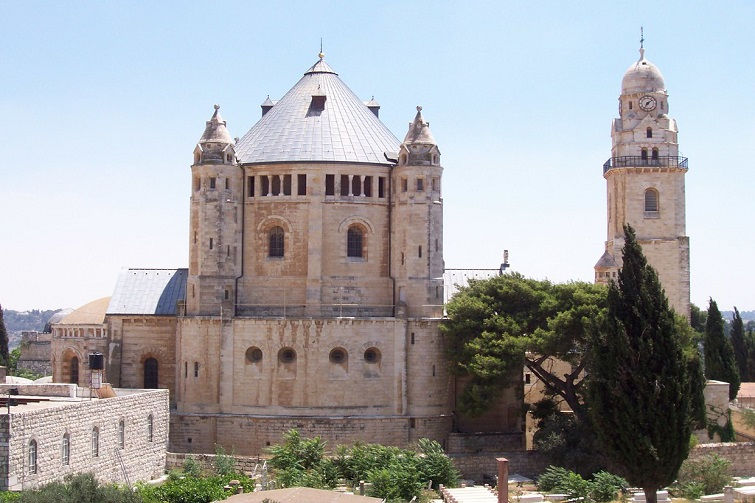
Safety Considerations
- Heat: Stay hydrated; summer temps hit 35°C (95°F).
- Crowds: Watch bags near Zion Gate during peak hours.
- Terrain: Cobblestones and steps can be uneven – wear sturdy shoes.
- Respect: Observe silence at prayer sites; men may need a head covering at King David’s Tomb.
Tips for Visitors
- Visit in spring (March-May) or autumn (September-November) for mild weather.
- Arrive early (8-9 AM) to avoid crowds and heat.
- Dress modestly – cover shoulders and knees at all sites.
- Expect a reverent atmosphere, respect worshippers and prayer spaces.
- Plan around Shabbat (Friday afternoon to Saturday night), use taxis as public transport halts.
- Purchase an e-SIM to enjoy seamless mobile connectivity – perfect for easy navigation and hassle-free communication.
- Try knafeh or hummus at nearby Old City stalls for a local treat.
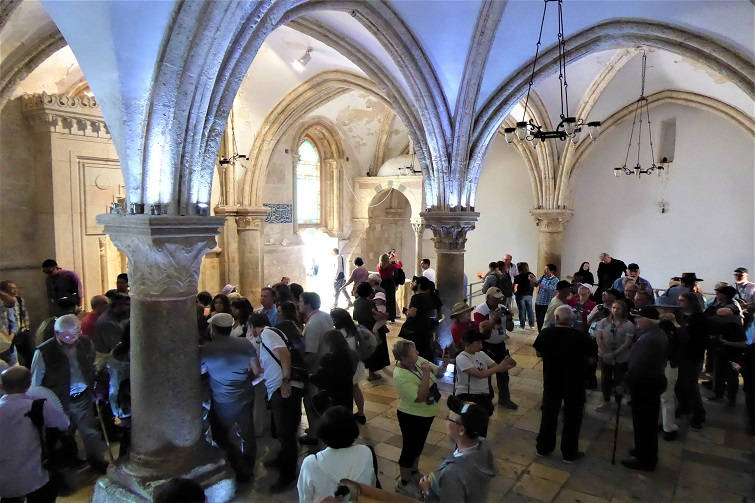
Suggested Itinerary
Mount Zion is a popular stop on day trips to Jerusalem, also for visitors staying outside the city – like in Tel Aviv. Its rich history and close proximity to the Old City make it easy to include in a single-day itinerary. Here’s a suggested itinerary:
- Morning – Jerusalem Old City: Visit the Western Wall, Church of the Holy Sepulchre, Via Dolorosa, and if open, Dome of the Rock on Temple Mount (2-3 hours).
- Midday – Mount Zion: Explore the Room of the Last Supper, David’s Tomb, and the Dormition Abbey (1-1.5 hours).
- Afternoon – Mount of Olives (10-minute drive): Visit the Garden of Gethsemane, the Basilica of the Agony, and the lookout (1.5–2 hours).
💡 For more details, check out my post “A Day Trip to Jerusalem from Tel Aviv” – it covers everything you need to plan the perfect visit.
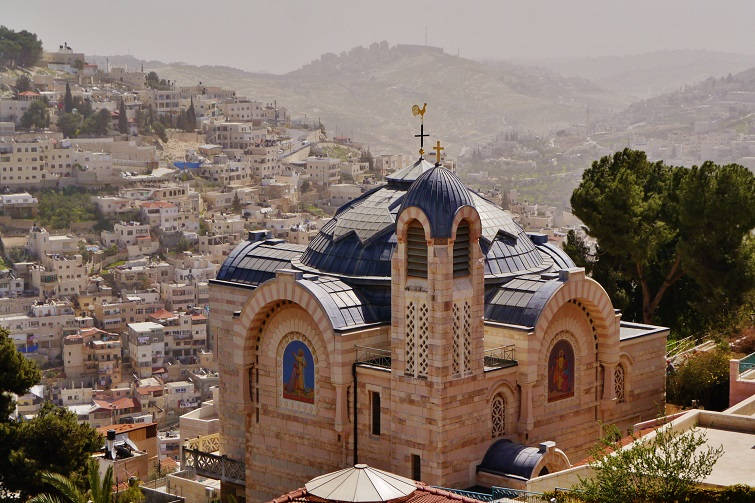
Exploring Beyond Mount Zion
Jerusalem offers a wide range of attractions for all kinds of travelers – from ancient landmarks to world-class museums – many of which deserve more than just a few hours. Here are a few highlights worth considering:
- Yad Vashem – Israel’s official Holocaust memorial, featuring a powerful museum, remembrance halls, and peaceful reflection gardens.
- Israel Museum – Home to the Dead Sea Scrolls, Jewish and global art collections, and the impressive Second Temple model.
- Tower of David Museum (Inside Jaffa Gate) – A museum of Jerusalem’s history inside a medieval citadel, offering immersive exhibits and city views from the ramparts.
- City of David (Just outside Dung Gate) – An archaeological park revealing ancient Jerusalem, with underground tunnels and biblical-era discoveries.
- Knesset & Wohl Rose Garden – Visit Israel’s parliament and enjoy the nearby gardens; guided tours available for deeper political insight.
- Ein Kerem – A tranquil hillside village believed to be the birthplace of John the Baptist, home to the beautiful Church of the Visitation, along with charming churches, cafés, and local art galleries.
- Mount Herzl (Adjacent to Yad Vashem) – Israel’s national cemetery, honoring prominent figures and fallen soldiers in a serene, forested setting.
- Haas Promenade (Tayelet) (South of city center) – Offers one of the most breathtaking panoramic views of Jerusalem – ideal for sunrise, sunset, or quiet reflection.
- Mahane Yehuda Market – A lively market bursting with fresh produce, street food, boutique shops, and vibrant nightlife. One of the most popular locations for shopping in Jerusalem.
- Jerusalem Biblical Zoo – A family favorite, home to animals mentioned in the Bible, plus a scenic lake and interactive exhibits.
💡Protect yourself against unexpected events during your trip with comprehensive travel insurance. Consider a reliable provider like EKTA that offers coverage for medical emergencies, trip cancellations or interruptions, baggage loss or delay, and more.
Why Visit Mount Zion?
- Mount Zion unfolds like a sacred tapestry – where the Cenacle’s ancient stones whisper of Jesus’ final supper, King David’s Tomb pulses with Jewish devotion, and the Dormition Abbey’s mosaics gleam with celestial grace. Each site weaves faith and history into a compact hill, from Zion Gate’s battle-scarred arch to the courtyard’s olive-shaded peace, inviting you to pause where pilgrims have prayed for centuries.
- Just steps from Jerusalem’s vibrant Old City, Mount Zion offers a serene yet profound encounter, whether you’re drawn to its Christian roots, Jewish heritage, or timeless views. Let the hill’s quiet beauty and sacred echoes linger in your heart, a testament to Jerusalem’s enduring spirit.
Whether you’re seeking spiritual depth, historical insight, or a memorable travel experience, Mount Zion in Jerusalem offers it all. Feel free to contact me with any questions or itinerary-related inquiries and let’s plan your perfect visit to this iconic site together!
FAQ: Visiting Mount Zion
Related Posts
More Guides From My Travel Blog with Tips for Upgrading Your Trip in Israel


